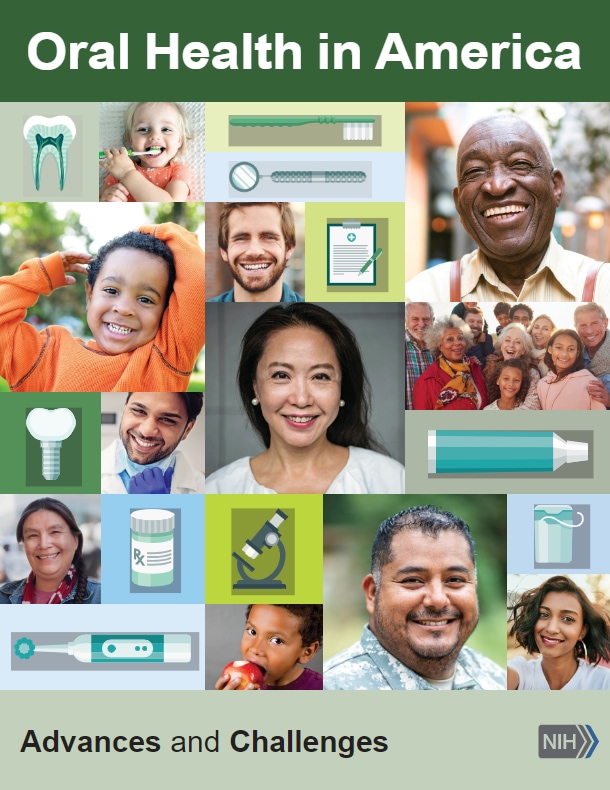Oral Health in America: Advances and Challenges
This report updates the findings of the 2000 Oral Health in America: A Report of the Surgeon General, highlighting the national importance of oral health and its relationship to overall health. It also focuses on new scientific and technological knowledge as well as innovations in health care delivery that offer promising new directions for improving oral health care and creating greater equity in oral health across communities.
Achieving equity in oral care is an ongoing challenge for many who struggle to obtain dental insurance and access to affordable care. According to this report by the National Institutes of Health (NIH), many people in the United States still have chronic oral health problems and do not have access to care despite important advances in understanding and treating oral diseases and conditions.
Communities and economies will have to provide a coordinated effort in researching as well as developing and carrying out programs to improve the oral health of individuals, communities, and the nation.
Major Findings
The 2021 NIH report provides a comprehensive snapshot of oral health in America, including an examination of oral health across the lifespan and a look at the impact the issue has on communities and the economy. Major take-aways from the report include:
- Healthy behaviors can improve and maintain an individual’s oral health, but these behaviors are also shaped by social and economic conditions.
- Oral and medical conditions often share common risk factors, and just as medical conditions and their treatments can influence oral health, so can oral conditions and their treatments affect other health issues.
- Substance misuse and mental health conditions negatively affect the oral health of many.
- Group disparities around oral health, identified 20 years ago, have not been adequately addressed, and greater efforts are needed to tackle both the social and commercial determinants that create these inequities and the systemic biases that perpetuate them.
The authors make several recommendations to improve oral health in the United States, including:
- Health care professionals working together to provide integrated oral, medical, and behavioral health care in schools, community health centers, nursing homes, and medical care settings, as well as dental clinics.
- Improved access to care by developing a more diverse oral health care workforce, addressing the rising cost of dental education, expanding insurance coverage, and improving the overall affordability of care.
- Identifying areas of scientific inquiry and research as well as develop and implement programs that will improve the oral health of individuals, communities, and the nation.
